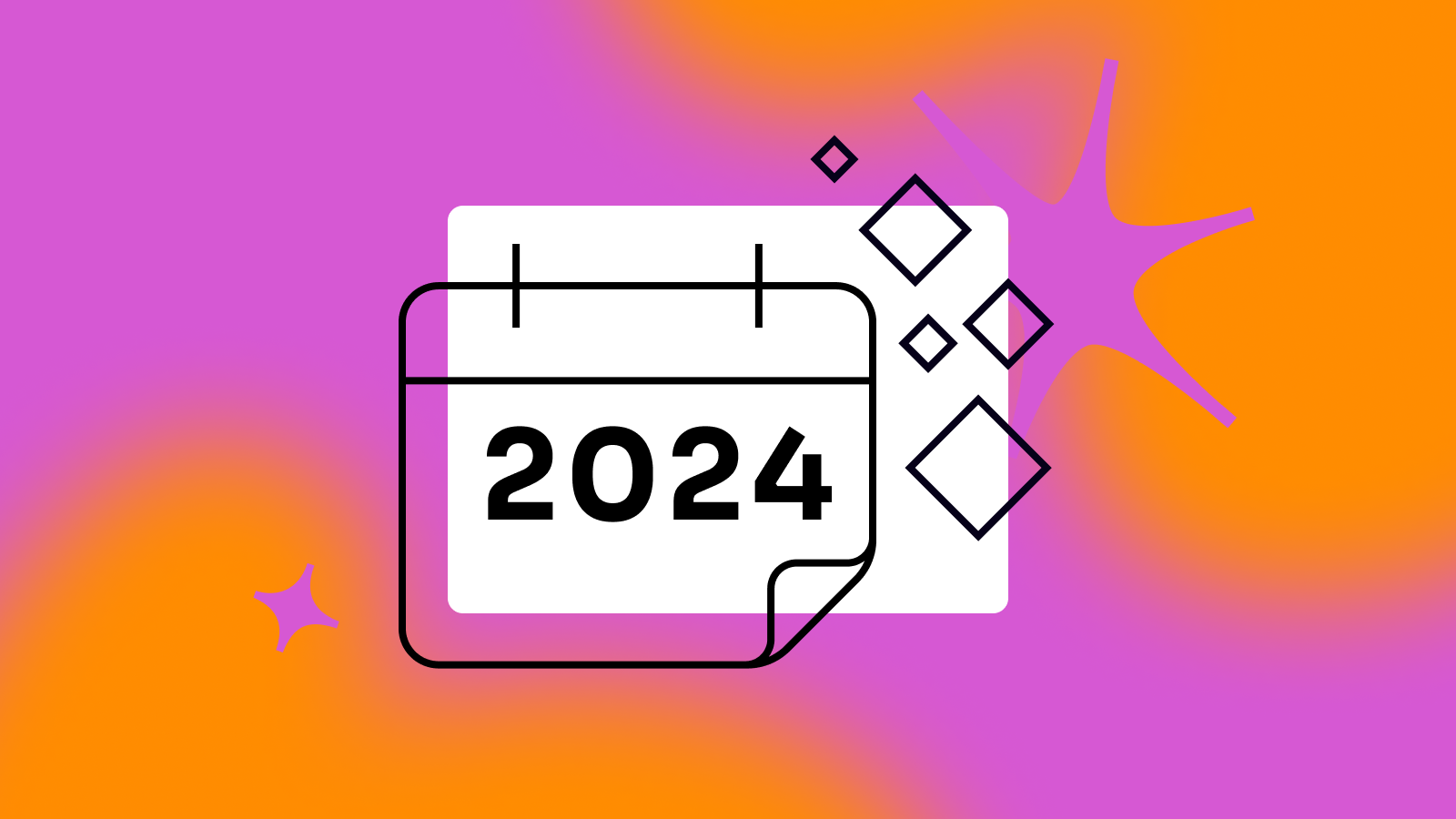I build solutions for product teams and product leaders, which is like building something for myself. This makes my job great, but also dangerous. Exactly because I’m building for those who are like me, it’s especially important for me to check my assumptions about what my customers need.
There are many false assumptions I could make on behalf of my customers. For example, that we all approach analytics the same way, that we all work with customers often, that we love to run experiments, etc.
In fact, once we’re familiar with a subject (highlighted below) we can see what we expect to see.
For emaxlpe, it deson’t mttaer in wahtl, oredr the ltteers in a wrod aepapr, the olny iprmoatnt tihng is taht the frist and lsat ltteer are in the rghit pcale. The rset can be a toatl mses and you can sitll raed it wouthit pobelrm.
S1M1L4RLY, Y0UR M1ND 15 R34D1NG 7H15 4U70M471C4LLY W17H0U7 3V3N 7H1NK1NG 4B0U7 17. (H/t LiveScience)
And often, the more we know the less we see. I’ve noticed this phenomenon as I switch from domain to domain. I see less when I’m more comfortable or familiar with the subject. It’s almost as if I’m walking around blindfolded acting only on what I know — or think I know.

In contrast, when we are new at something we tend to operate unencumbered with fewer assumptions. When we lack the know-how, we aggressively go get it; we’ll do anything to shorten the learning curve. When we’re more humble, we listen more and seek feedback.
Experience as a Blindspot
I’ve recently seen this exact humility in action, and it inspires me. Julie, a new-to-product-management PM joined our team less than a year ago. She was familiar with the domain, knew our product well, and had a great rapport with the broader team. We brought her over from our Client Success team. From day one, she was driven, yet humble. She clearly wanted to develop her craft and be successful — for the short and long term.

After she launched her first major feature, she scheduled time with our VP of Product and me to get feedback on her performance. This was not prompted by her manager — nor expected. But of course, well received. Throughout the review, she asked: how could I have handled XYZ situation better? Where can I improve my skills? Who would be the best to teach me ABC?
Clearly, there was nothing blocking her from learning: from the “unknown.” In fact, she was actively seeking it and assumed it was readily available. She continues to be curious, open-minded, is noticeably better at innovation. She seems to operate with much agility.
Have you noticed that most of us tend to perform better and are much more focused when constrained? When challenged? When under pressure? When facing a new learning curve?
Why does this happen?
It’s because we don’t like discomfort. It pushes and propel us forward. It seems that challenge is our happy place, it’s what we’re built for. As we linger on a plateau — when we’re not learning and progressing — a little part of us begins to die.
Embracing Discomfort
So what does this mean for those of us who are comfortable with a domain, a product, or a business? How do we ensure that the “known is not getting in the way of the unknown?”
Months ago, my LinkedIn feed became saturated with quotes from Jeff Bezos. Amazon had just released Bezos’ annual letter to shareholders to explain how he views his company and why he wants to maintain start-up thinking and mindset. It was gold — and holds many truths that will help us as product leaders to not have blind spots — to not miss the unknown. We accomplish this by staying close to our customers.

“There are many ways to center a business. You can be competitor focused, you can be product focused, you can be technology focused, you can be business model focused, and there are more. But in my view, obsessive customer focus is by far the most protective of Day 1 vitality. [Day 1 = internal mantra meant to convey the company’s desire to never stop behaving like a startup] Why? There are many advantages to a customer-centric approach, but here’s the big one: customers are always beautifully, wonderfully dissatisfied, even when they report being happy and business is great. Even when they don’t yet know it, customers want something better, and your desire to delight customers will drive you to invent on their behalf.” (Jeff Bezos’ annual letter to shareholders)
Staying in Day 1 requires you to experiment patiently, accept failures, plant seeds, protect saplings, and double down when you see customer delight. A customer-obsessed culture best creates the conditions where all of that can happen.
As product leaders, we’re more interested getting it right than in being right. In order to get it right, we must acknowledge that we come with biases and assumptions that can misguide our product decision making. Staying customer-focused is the best way to undo these biases.
It’s critical that we get out of the building and visit our customers — to see them in their context, to witness new pain points, to discover what surprises happen in the wild. It keeps us humble, hungry, and anxious to build a better product — to move from the known to the unknown.

